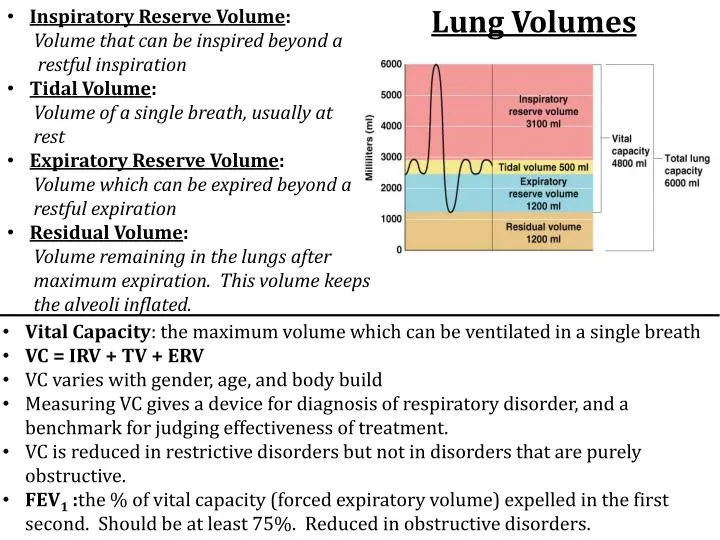

The oxygen content in the blood, on the other hand, has less influence on automatic respiratory regulation. If, on the other hand, the CO2 concentration is too low, the respiratory rate is reduced. If the various receptors in the body measure a high level of carbon dioxide (CO2) in the blood, the respiratory center increases the respiratory rate so that the excess CO2 in the alveoli can be released into the air we breathe. The most important role, however, is played by the carbon dioxide content. In detail, involuntary respiratory regulation is influenced primarily by the carbon dioxide content, the pH value and the oxygen content of the blood. Corresponding signals are transmitted to the respiratory center in the medulla oblongata via special mechanoreceptors in the joints and muscles. This happens, for example, during sports: in order to meet the increased oxygen demand, the body has to breathe faster. In this way, a basic breathing rhythm is made possible, which can be adapted to changing needs and conditions by higher brain centers and other areas of the body. The neurons promote and inhibit each other (interplay between inspiratory and expiratory neurons). Through a complex interplay of these respiratory neurons, our rhythmic activity of inhaling and exhaling takes place. Several groups of neurons are located in the medulla oblongata. Breathing is controlled automatically in the respiratory center, but it is the only basic automatic function of our body that can be influenced voluntarily (for example, when speaking, singing, and holding one’s breath). This is located in the medulla oblongata, an important regulatory and reflex center located in the continuation of the spinal cord in the brain area. The regulation and control of our breathing takes place in the respiratory center.

The carbon dioxide (CO2) produced there by metabolic processes in turn returns to the lungs via the blood and is then exhaled into the environment. Via the blood circulation, the oxygen-loaded hemoglobin is transported into the tissues and cells. Due to this pressure gradient, oxygen (O2) is absorbed into the blood of the pulmonary circulation (binding to hemoglobin) and at the same time carbon dioxide diffuses from the blood into the alveoli. Inside the alveoli, there is a higher partial pressure of oxygen and a lower partial pressure of carbon dioxide than in the blood. Here, gas exchange takes place across the alveolocapillary membrane by diffusion. The air then flows further into the bronchi, bronchioles and finally into the alveoli, which are surrounded by a network of very thin blood vessels (capillaries). At the same time, it is warmed, moistened and purified. The following happens in detail: The inhaled, oxygen-rich air flows into the trachea via the mouth, nose and throat.

The lungs follow their aspiration to collapse (as far as the thorax allows) and air flows out of them.The inhaled air thus flows into the lungs.The thorax rises and the diaphragm contracts.External respiration consists of inhalation (inspiration, active) and exhalation (expiration, passive), which can be divided into four steps: 20 The aim of external respiration or lung respiration is to supply the body’s cells with oxygen and to release carbon dioxide.


 0 kommentar(er)
0 kommentar(er)
